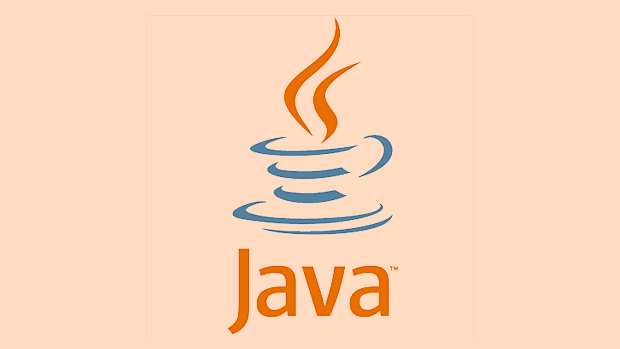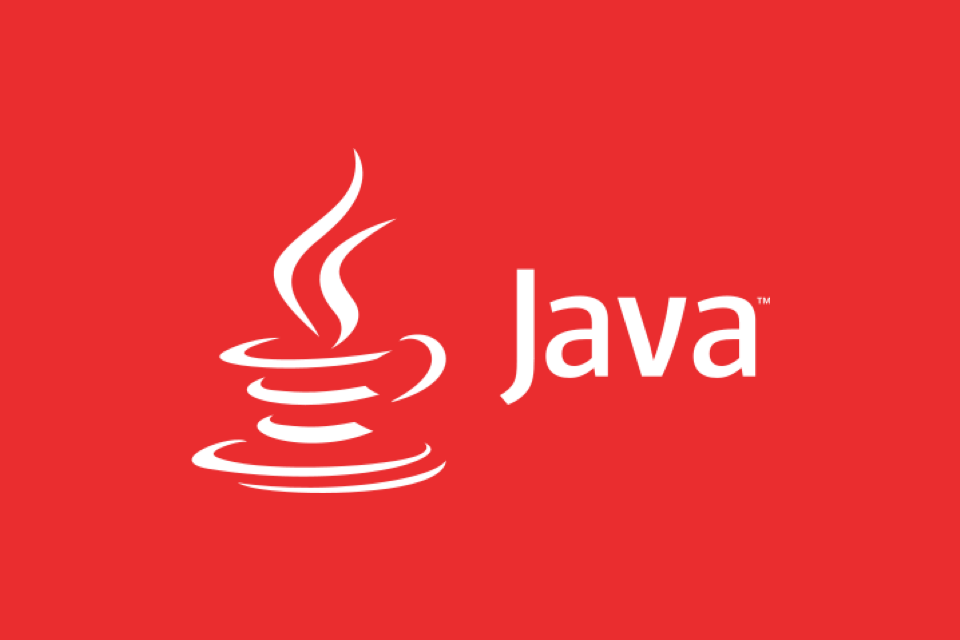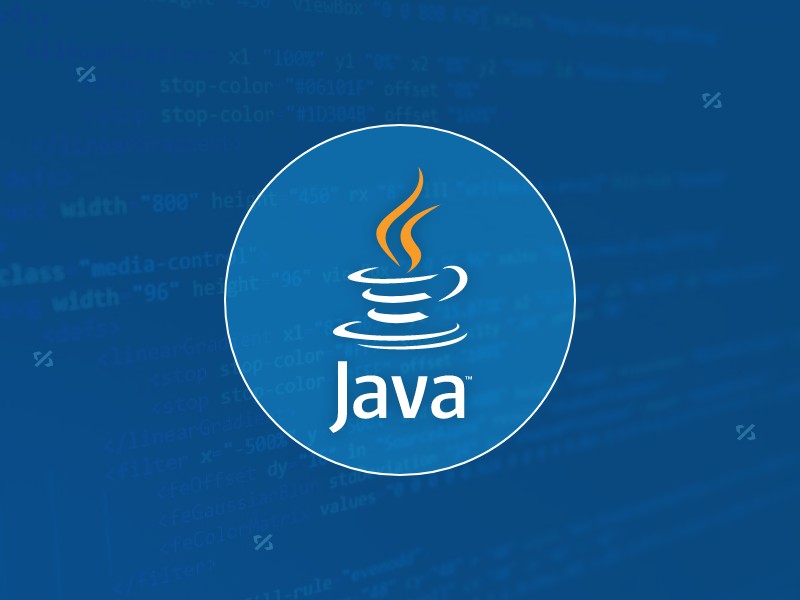The Java reflection mechanism has three major security risks: 1. Break through access control restrictions, read or modify private fields, it is recommended to avoid using reflection on sensitive classes and enable security managers; 2. Abuse of reflection to create instances or execute dangerous methods, which may lead to malicious code execution, whitelist verification and use a sandbox environment; 3. The class loading process may introduce malicious classes, and it is necessary to control the source of the class loader and verify the integrity of the dynamically loaded classes. Reasonable restrictions and reviews can reduce security risks.

While providing strong flexibility, the Java reflection mechanism also brings many safety risks. These security issues are particularly worthy of attention if you are using reflection, especially when dealing with untrusted data or running environments.

1. Break through access control restrictions
Java access modifiers (such as private , protected ) are intended to encapsulate and protect the internal implementation details of the class. But with reflection, you can easily bypass these restrictions, access or even modify private fields or call private methods.

For example: sensitive configuration information in a class is marked private , but if an attacker can construct specific reflective code, he can read or even modify these values, destroying the program's security logic.
suggestion:

- Try to avoid using reflection on sensitive classes or fields.
- If you have to use it, consider enabling Security Manager and setting up appropriate policy files to limit reflection behavior.
- For Java 9, module systems (JPMS) provide stronger packaging capabilities, and proper utilization can enhance security.
2. Abuse of reflection to create instances and execute methods
Reflection can not only access class members, but also dynamically create object instances and call any method, which may be exploited by malicious code in some cases.
for example:
- Attackers can invoke dangerous methods (such as deleting files, executing system commands, etc.) through reflection.
- Malicious operations are performed using constructors or static initialization blocks.
Common phenomena: Many deserialization vulnerabilities (such as the exploit chain in Apache Commons Collections) trigger malicious code execution through reflection mechanisms.
Coping method:
- Avoid exposing the reflective entry to untrusted user input.
- When handling class names and method names passed in externally, do a whitelist verification.
- Run the reflection code using a sandbox environment to restrict its permissions.
3. Security risks during class loading
Reflection is usually used with ClassLoader , and class loading itself is a potential risk point. An attacker can load malicious classes through a custom class loader and execute the code in it with the help of reflection.
For example, some frameworks will dynamically load classes based on configuration. If the configuration items can be tampered with, malicious classes may be introduced. For example, in Spring or other IOC containers, a wrong bean configuration may cause untrusted classes to be loaded.
suggestion:
- Control the source of the class loader, and do not use
URLClassLoaderto load remote classes at will. - Perform signature verification or integrity checks on dynamically loaded classes.
- Don't call
Class.forName()blindly, especially when parameters come from external input.
Overall, Java Reflection is a double-edged sword. It does improve the flexibility and scalability of the program, but it also opens up a gap in security protection. As long as restrictions and reviews are made in key links, they can still be used safely within a controllable range. Basically, these things that need attention are not complicated but are easy to ignore.
The above is the detailed content of Security Concerns When Using Java Reflection. For more information, please follow other related articles on the PHP Chinese website!

Hot AI Tools

Undress AI Tool
Undress images for free

Undresser.AI Undress
AI-powered app for creating realistic nude photos

AI Clothes Remover
Online AI tool for removing clothes from photos.

Clothoff.io
AI clothes remover

Video Face Swap
Swap faces in any video effortlessly with our completely free AI face swap tool!

Hot Article

Hot Tools

Notepad++7.3.1
Easy-to-use and free code editor

SublimeText3 Chinese version
Chinese version, very easy to use

Zend Studio 13.0.1
Powerful PHP integrated development environment

Dreamweaver CS6
Visual web development tools

SublimeText3 Mac version
God-level code editing software (SublimeText3)

Hot Topics
 Differences Between Callable and Runnable in Java
Jul 04, 2025 am 02:50 AM
Differences Between Callable and Runnable in Java
Jul 04, 2025 am 02:50 AM
There are three main differences between Callable and Runnable in Java. First, the callable method can return the result, suitable for tasks that need to return values, such as Callable; while the run() method of Runnable has no return value, suitable for tasks that do not need to return, such as logging. Second, Callable allows to throw checked exceptions to facilitate error transmission; while Runnable must handle exceptions internally. Third, Runnable can be directly passed to Thread or ExecutorService, while Callable can only be submitted to ExecutorService and returns the Future object to
 Asynchronous Programming Techniques in Modern Java
Jul 07, 2025 am 02:24 AM
Asynchronous Programming Techniques in Modern Java
Jul 07, 2025 am 02:24 AM
Java supports asynchronous programming including the use of CompletableFuture, responsive streams (such as ProjectReactor), and virtual threads in Java19. 1.CompletableFuture improves code readability and maintenance through chain calls, and supports task orchestration and exception handling; 2. ProjectReactor provides Mono and Flux types to implement responsive programming, with backpressure mechanism and rich operators; 3. Virtual threads reduce concurrency costs, are suitable for I/O-intensive tasks, and are lighter and easier to expand than traditional platform threads. Each method has applicable scenarios, and appropriate tools should be selected according to your needs and mixed models should be avoided to maintain simplicity
 Understanding Java NIO and Its Advantages
Jul 08, 2025 am 02:55 AM
Understanding Java NIO and Its Advantages
Jul 08, 2025 am 02:55 AM
JavaNIO is a new IOAPI introduced by Java 1.4. 1) is aimed at buffers and channels, 2) contains Buffer, Channel and Selector core components, 3) supports non-blocking mode, and 4) handles concurrent connections more efficiently than traditional IO. Its advantages are reflected in: 1) Non-blocking IO reduces thread overhead, 2) Buffer improves data transmission efficiency, 3) Selector realizes multiplexing, and 4) Memory mapping speeds up file reading and writing. Note when using: 1) The flip/clear operation of the Buffer is easy to be confused, 2) Incomplete data needs to be processed manually without blocking, 3) Selector registration must be canceled in time, 4) NIO is not suitable for all scenarios.
 Best Practices for Using Enums in Java
Jul 07, 2025 am 02:35 AM
Best Practices for Using Enums in Java
Jul 07, 2025 am 02:35 AM
In Java, enums are suitable for representing fixed constant sets. Best practices include: 1. Use enum to represent fixed state or options to improve type safety and readability; 2. Add properties and methods to enums to enhance flexibility, such as defining fields, constructors, helper methods, etc.; 3. Use EnumMap and EnumSet to improve performance and type safety because they are more efficient based on arrays; 4. Avoid abuse of enums, such as dynamic values, frequent changes or complex logic scenarios, which should be replaced by other methods. Correct use of enum can improve code quality and reduce errors, but you need to pay attention to its applicable boundaries.
 How Java ClassLoaders Work Internally
Jul 06, 2025 am 02:53 AM
How Java ClassLoaders Work Internally
Jul 06, 2025 am 02:53 AM
Java's class loading mechanism is implemented through ClassLoader, and its core workflow is divided into three stages: loading, linking and initialization. During the loading phase, ClassLoader dynamically reads the bytecode of the class and creates Class objects; links include verifying the correctness of the class, allocating memory to static variables, and parsing symbol references; initialization performs static code blocks and static variable assignments. Class loading adopts the parent delegation model, and prioritizes the parent class loader to find classes, and try Bootstrap, Extension, and ApplicationClassLoader in turn to ensure that the core class library is safe and avoids duplicate loading. Developers can customize ClassLoader, such as URLClassL
 Exploring Different Synchronization Mechanisms in Java
Jul 04, 2025 am 02:53 AM
Exploring Different Synchronization Mechanisms in Java
Jul 04, 2025 am 02:53 AM
Javaprovidesmultiplesynchronizationtoolsforthreadsafety.1.synchronizedblocksensuremutualexclusionbylockingmethodsorspecificcodesections.2.ReentrantLockoffersadvancedcontrol,includingtryLockandfairnesspolicies.3.Conditionvariablesallowthreadstowaitfor
 Handling Common Java Exceptions Effectively
Jul 05, 2025 am 02:35 AM
Handling Common Java Exceptions Effectively
Jul 05, 2025 am 02:35 AM
The key to Java exception handling is to distinguish between checked and unchecked exceptions and use try-catch, finally and logging reasonably. 1. Checked exceptions such as IOException need to be forced to handle, which is suitable for expected external problems; 2. Unchecked exceptions such as NullPointerException are usually caused by program logic errors and are runtime errors; 3. When catching exceptions, they should be specific and clear to avoid general capture of Exception; 4. It is recommended to use try-with-resources to automatically close resources to reduce manual cleaning of code; 5. In exception handling, detailed information should be recorded in combination with log frameworks to facilitate later
 How does a HashMap work internally in Java?
Jul 15, 2025 am 03:10 AM
How does a HashMap work internally in Java?
Jul 15, 2025 am 03:10 AM
HashMap implements key-value pair storage through hash tables in Java, and its core lies in quickly positioning data locations. 1. First use the hashCode() method of the key to generate a hash value and convert it into an array index through bit operations; 2. Different objects may generate the same hash value, resulting in conflicts. At this time, the node is mounted in the form of a linked list. After JDK8, the linked list is too long (default length 8) and it will be converted to a red and black tree to improve efficiency; 3. When using a custom class as a key, the equals() and hashCode() methods must be rewritten; 4. HashMap dynamically expands capacity. When the number of elements exceeds the capacity and multiplies by the load factor (default 0.75), expand and rehash; 5. HashMap is not thread-safe, and Concu should be used in multithreaded






